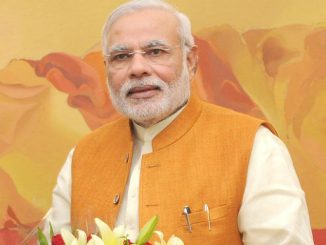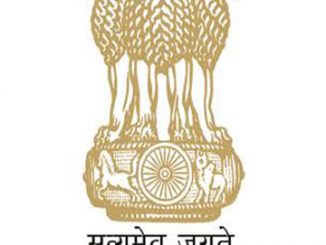
The cabinet meeting held on August 20, 2014 chaired by Prime Minister Narendra Modi has given its approval for ‘Digital India’- A programme envisaged by Department of Electronics and Information Technology (DeitY) aiming to transform India into a digital empowered society and knowledge economy.
This programme will be implemented in phases beginning this year till 2018 and would ensure that Government services are available to citizens electronically. It would also bring in public accountability through mandated delivery of government’s services electronically; a Unique ID and e-Pramaan based on authentic and standard inter operable and integrated government applications and databases.
The programme aims to provide infrastructure to the citizens which includes high speed internet across all Gram Panchayats, cradle to grave digital identity to every citizen, mobile and digital banking to citizens for individual participation, access to a common service center in proximity to locality, shareable private space on public cloud storage and finally establishing a safe and secure cyber space in the country.
Services and governance through Digital India would enable a single window access by integration of services across departments and jurisdiction and real time government services to be made available online and on mobile. Citizen entitlements would also be made available on the cloud. Government services, under the programme, will be digitally transformed for the ease of doing business. Financial transactions will be made electronic and cashless below a certain threshold and Geographical Information Systems will be enabled for systems and development.
Digital India aims to provide universal digital literacy to all the citizens. All government digital resources will be made accessible universally. Government certificates and documents will also be made available on the cloud platform for easy access. All of these proposed online services will be made available in Indian languages, as well. Citizen entitlement portability will also be made possible through the programme.
A transformation programme, such as this one, hold a huge scope in creating a great overall impact by bring many services under the same roof which would be restructured and refocused in sync. Its ability to bring so many services together, if successful, would be imperative in preparing India for a knowledge future that would hold technology central to all the changes and attain the larger goal.
Digital India aims to provide the much needed thrust to the nine pillars of growth areas, namely Broadband Highways, Universal Access to Mobile Connectivity, Public Internet Access Programme, e-Governance: Reforming Government through Technology, e-Kranti – Electronic Delivery of Services, Information for All, Electronics Manufacturing, IT for Jobs and Early Harvest Programmes.
In order to ensure the setting up process goes smoothly, the existing e-Governance will be revamped to align with the principles of Digital India. Accessibility across lot of integrated and inter operable systems will be made available to set up the programme. Although proposed by Central Government, State governments will also be given the flexibility to include their state specific projects relevant to their specific socio economic needs. The programme would also ensure there is public private partnership wherever feasible. UID adoption will also be promoted to facilitate the authentication and delivery of government benefits to the citizens.
The source of funding for most of the e-Governance projects at present is through budgetary provisions of respective Ministries/ Departments in the Central or State governments. Requirements of funds for individual project(s) for Digital India will be worked out by respective Nodal Ministries/ Departments.
DeitY would create necessary senior positions within the department and Central ministers and department of state government would have the overall responsibility for implementation of the various mission modes.
Courtesy: NextBigWhat.com







Leave a Reply
You must be logged in to post a comment.